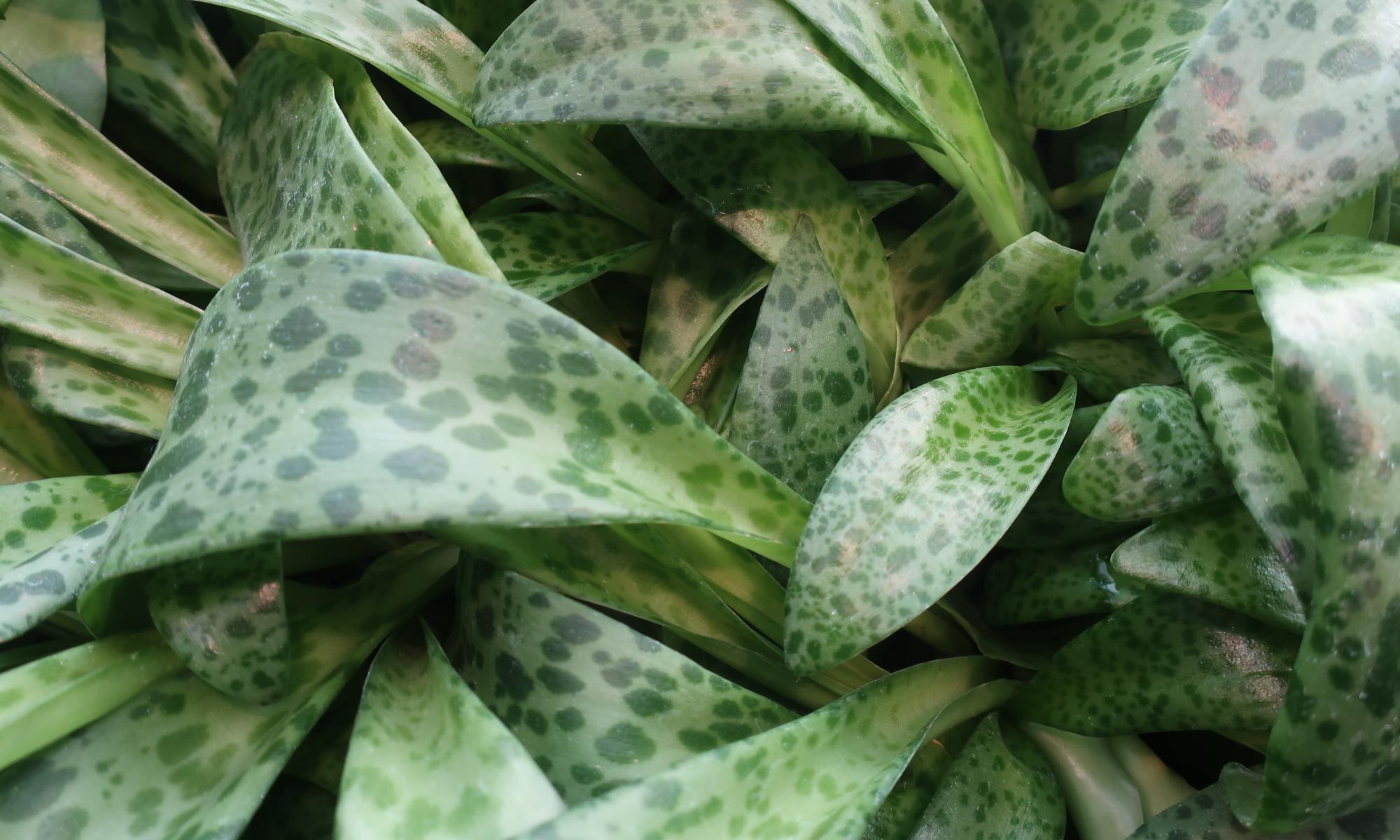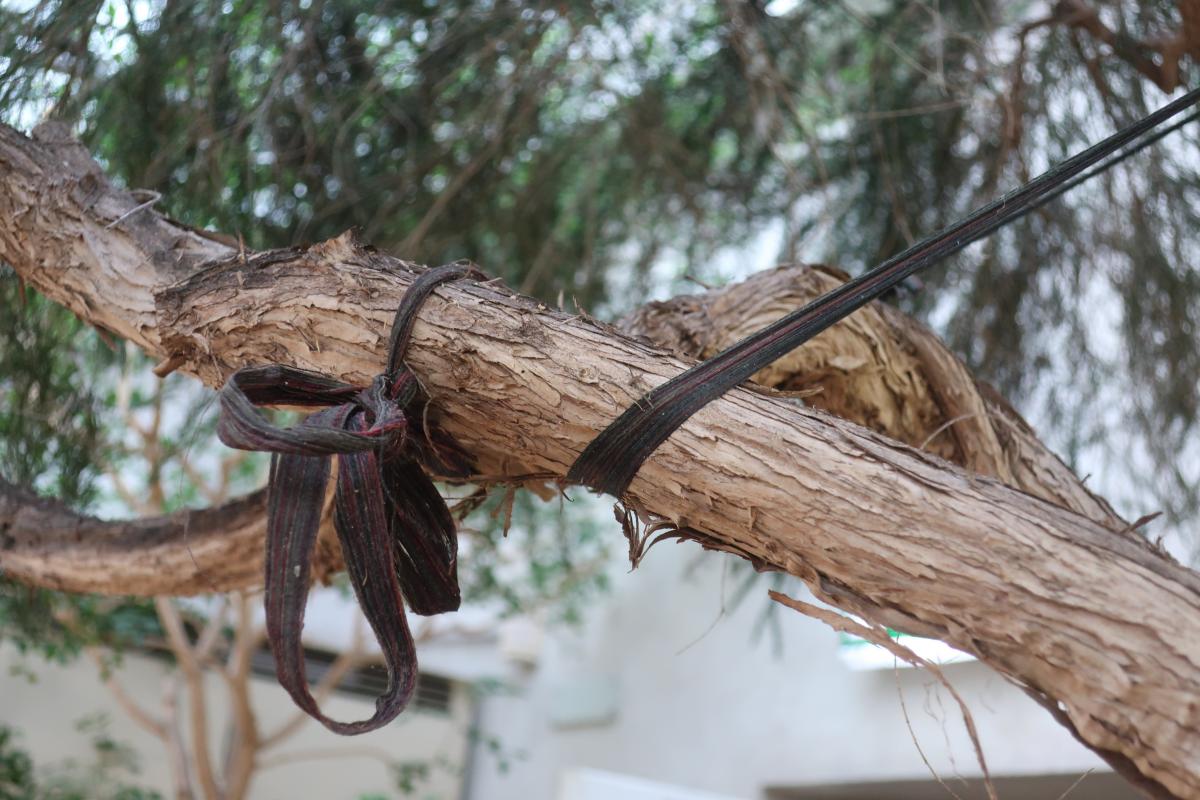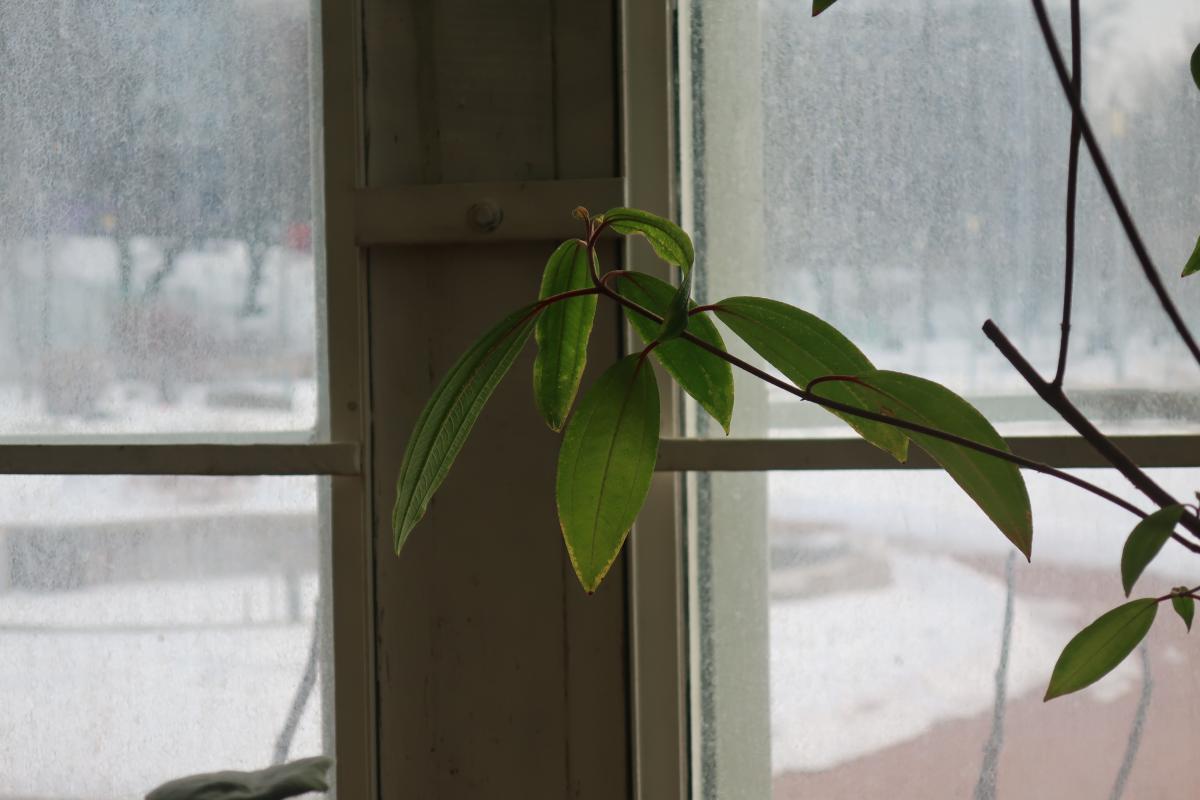Planthology
Through curating a diversity of disciplinary viewpoints, the goal of Planthology is to foster a broader ecological understanding of plant and human relationships.


Introduction
In the 2018 Man Booker nominated novel, The Overstory, Richard Powers narrates the intertwining lives of its arboreal and human protagonists. Drawing together history, environmental activism, gene-mapping, biology, fables, and computer-programming, to name a few, Powers created a rich tableau of interconnecting stories which merge scientific precision, with narrative and affect. This research proposes that curatorship and artmaking can offer similar novel ways, both within the academy and in public spaces, for exploring the entangled relationship between plants and humans.
Using disease as a common denominator, the project will identify significant moments in the long trajectory of recorded plant/human relationships which extends as far back as the Greek, Roman and Islamic empires, through Renaissance materia medica, the 1890 identification of viruses in the field of botany, colonial botanical expeditions, the 20th century introduction of biomedicine; up to current research being conducted on crop diseases, as well as arguments posited in the fields of plant ethics. It will do this by drawing on researchers and practitioners from fields as diverse as the history and philosophy of science, pharmacognosy, plant pathology and protection, and applied arts; and by incorporating collections from the herbarium (Luomus), the Helsinki University Museum, and national art collections; as well as intervening in historical spaces such as the botanical gardens.
The covid-pandemic and escalating climate change has highlighted the urgent need to better understand the global impact of human relationships with plants and other animals. Layered and diverse histories of such relationships have brought us to an environmental tipping point. Equally diverse methodologies are required to stage an untangling of these multiple trajectories and identify pivotal nodes. Multi disciplinary enquiry along with platforms such as curatorship and artmaking, which enable polyphonic narratives to co-exist, hold much potential. Moreover, curatorial practice takes scholarly work out into the public domain. This project will engage public institutions such as the museums and the public gardens, and bring visitors into dialogue with scientists, historians, and artists. The effect of such projects is a mutual opportunity for new insight, or as Schaffer and Shapin or Latour and Woolgar have demonstrated, a recognition of the contingency of what has always been seen by one discipline or another as its self evident truths.
Through curating a diversity of disciplinary viewpoints, the goal of Planthology is to foster a broader ecological understanding of plant and human relationships. Extending frameworks of knowing to include the unexpected and the novel can be of immense value to both the sciences and the humanities and serve as imperative tools for facing an uncertain future.

Workshops
A series of workshops will form the basis for this project. During these workshops (which will consist of an introductory session, a session in the Kaisaniemi botanical gardens, and lastly, one that focuses on the Luomus herbarium collection), participants will have the opportunity to present their research, and discussions will be encouraged between various disciplinary fields, followed by practical sessions structured to encourage collaborative cross-disciplinary engagement. Working teams will then form consisting of individuals from different disciplines, and these groups will formulate interventions into the botanical garden. These interventions will be public-facing and educational, with walkabouts and workshops formulated in close collaboration with the public outreach team of the gardens.
Exhibition and Symposium
The second part of this project will consist of an exhibition showcasing artworks and artists working at the interface of botany and art; historical material which highlight plant and human relationships; up to date research on plants (as manifested through the initial workshop sessions and collaborations between local artist scientist teams in the botanical garden); and incorporate Luomus herbarium specimens. A series of lectures will run concurrently with the exhibition, featuring a wide range of disciplinary experts discussing topics relevant to the exhibition. The research will conclude with a symposium where collaborators and practitioners can reflect on the process and outcomes of the research and formulate recommendations for moving forward with similar methods of research. The symposium will generate a collection of papers that will be collated in a publication, and a website will be created that will focus on the herbarium specimens and convey their extended resonance as conveyed through this research.
About the researcher Nina Liebenberg
Nina Liebenberg is a post-doctoral researcher at the University of the Arts Helsinki. Liebenberg completed her PhD (2022) and her Masters (2011) at the University of Cape Town (UCT), and her BAFA at the University of Stellenbosch (2003). Before embarking on her current research, she taught various courses on UCT’s Honours in Curatorship programme from 2013 – 2021 (‘Local Issues in Curatorship’, ‘Virtual Display’ and ‘Working with Museum Collections’) and facilitated annual interdisciplinary workshops for the programme, using curation as methodology to explore various overlaps and connections between diverse university departments. As a practising artist-curator, she draws on the expertise of individuals from disciplines ranging from chemistry, medical imaging, physics, engineering and botany, to create artworks and curate shows portraying the intersection between the quantifiable and the poetic.
Exhibitions include Diagnosing Loss, Michaelis Gallery (2022), Monochrome, Barnard Gallery (2019); Chest: a botanical ecology, Iziko South African Museum (2018 – 2019); The Landis Museum, Glasgow International and CCA, Derry-Londonderry (2018), Age of Innocence, Klein Karoo National Arts Festival (2018) and Air: Inspiration-Expiration, Standard Bank Gallery, Johannesburg (2017).
Contact information for the research project
-
Nina Liebenberg
- Postdoctoral Researcher, Artistic research Academy of Fine Arts, Academy of Fine Arts
- +358505662645
- nina.liebenberg@uniarts.fi
Images: All images were taken at the Kaisaniemi Botanical Gardens
Project name
Planthology: Exploring human & plant entanglements
Time
03/2023-12/2025

Introduction
In the 2018 Man Booker nominated novel, The Overstory, Richard Powers narrates the intertwining lives of its arboreal and human protagonists. Drawing together history, environmental activism, gene-mapping, biology, fables, and computer-programming, to name a few, Powers created a rich tableau of interconnecting stories which merge scientific precision, with narrative and affect. This research proposes that curatorship and artmaking can offer similar novel ways, both within the academy and in public spaces, for exploring the entangled relationship between plants and humans.
Using disease as a common denominator, the project will identify significant moments in the long trajectory of recorded plant/human relationships which extends as far back as the Greek, Roman and Islamic empires, through Renaissance materia medica, the 1890 identification of viruses in the field of botany, colonial botanical expeditions, the 20th century introduction of biomedicine; up to current research being conducted on crop diseases, as well as arguments posited in the fields of plant ethics. It will do this by drawing on researchers and practitioners from fields as diverse as the history and philosophy of science, pharmacognosy, plant pathology and protection, and applied arts; and by incorporating collections from the herbarium (Luomus), the Helsinki University Museum, and national art collections; as well as intervening in historical spaces such as the botanical gardens.
The covid-pandemic and escalating climate change has highlighted the urgent need to better understand the global impact of human relationships with plants and other animals. Layered and diverse histories of such relationships have brought us to an environmental tipping point. Equally diverse methodologies are required to stage an untangling of these multiple trajectories and identify pivotal nodes. Multi disciplinary enquiry along with platforms such as curatorship and artmaking, which enable polyphonic narratives to co-exist, hold much potential. Moreover, curatorial practice takes scholarly work out into the public domain. This project will engage public institutions such as the museums and the public gardens, and bring visitors into dialogue with scientists, historians, and artists. The effect of such projects is a mutual opportunity for new insight, or as Schaffer and Shapin or Latour and Woolgar have demonstrated, a recognition of the contingency of what has always been seen by one discipline or another as its self evident truths.
Through curating a diversity of disciplinary viewpoints, the goal of Planthology is to foster a broader ecological understanding of plant and human relationships. Extending frameworks of knowing to include the unexpected and the novel can be of immense value to both the sciences and the humanities and serve as imperative tools for facing an uncertain future.

Workshops
A series of workshops will form the basis for this project. During these workshops (which will consist of an introductory session, a session in the Kaisaniemi botanical gardens, and lastly, one that focuses on the Luomus herbarium collection), participants will have the opportunity to present their research, and discussions will be encouraged between various disciplinary fields, followed by practical sessions structured to encourage collaborative cross-disciplinary engagement. Working teams will then form consisting of individuals from different disciplines, and these groups will formulate interventions into the botanical garden. These interventions will be public-facing and educational, with walkabouts and workshops formulated in close collaboration with the public outreach team of the gardens.
Exhibition and Symposium
The second part of this project will consist of an exhibition showcasing artworks and artists working at the interface of botany and art; historical material which highlight plant and human relationships; up to date research on plants (as manifested through the initial workshop sessions and collaborations between local artist scientist teams in the botanical garden); and incorporate Luomus herbarium specimens. A series of lectures will run concurrently with the exhibition, featuring a wide range of disciplinary experts discussing topics relevant to the exhibition. The research will conclude with a symposium where collaborators and practitioners can reflect on the process and outcomes of the research and formulate recommendations for moving forward with similar methods of research. The symposium will generate a collection of papers that will be collated in a publication, and a website will be created that will focus on the herbarium specimens and convey their extended resonance as conveyed through this research.
About the researcher Nina Liebenberg
Nina Liebenberg is a post-doctoral researcher at the University of the Arts Helsinki. Liebenberg completed her PhD (2022) and her Masters (2011) at the University of Cape Town (UCT), and her BAFA at the University of Stellenbosch (2003). Before embarking on her current research, she taught various courses on UCT’s Honours in Curatorship programme from 2013 – 2021 (‘Local Issues in Curatorship’, ‘Virtual Display’ and ‘Working with Museum Collections’) and facilitated annual interdisciplinary workshops for the programme, using curation as methodology to explore various overlaps and connections between diverse university departments. As a practising artist-curator, she draws on the expertise of individuals from disciplines ranging from chemistry, medical imaging, physics, engineering and botany, to create artworks and curate shows portraying the intersection between the quantifiable and the poetic.
Exhibitions include Diagnosing Loss, Michaelis Gallery (2022), Monochrome, Barnard Gallery (2019); Chest: a botanical ecology, Iziko South African Museum (2018 – 2019); The Landis Museum, Glasgow International and CCA, Derry-Londonderry (2018), Age of Innocence, Klein Karoo National Arts Festival (2018) and Air: Inspiration-Expiration, Standard Bank Gallery, Johannesburg (2017).
Contact information for the research project
-
Nina Liebenberg
- Postdoctoral Researcher, Artistic research Academy of Fine Arts, Academy of Fine Arts
- +358505662645
- nina.liebenberg@uniarts.fi
Images: All images were taken at the Kaisaniemi Botanical Gardens